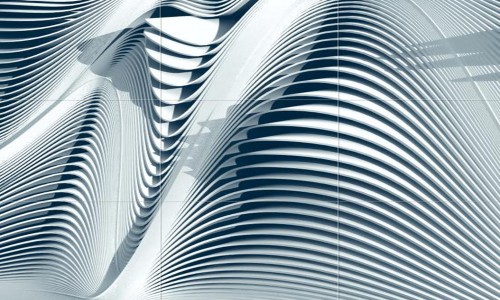Diana Saul Studio Architecture + Design + Fabrication
Archive for September, 2011
Parametric Studies For A Responsive Surface
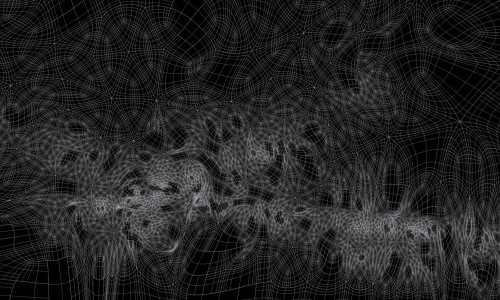
UTS University of Technology Sydney, AU, Master of Digital Architecture. 1.1 Morphogenesis and Epigenesis in Bilogical Systems “The fashionable ideology of ultra-Darwinism, which reduces organisms to little more than machines for the replication of DNA, is gradually being replaced by a more holistic trajectory in which life is considered to depend upon complex interactions that […]
Tokyo Fashion Museum
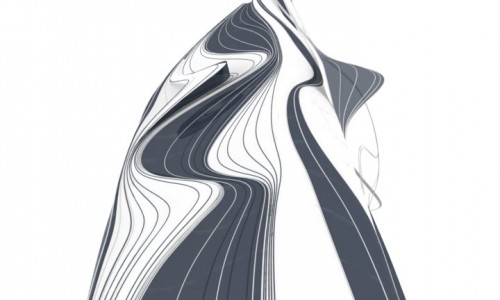
The challenge consisted of designing a 100 meter high tower-museum, containing exhibition areas of 20th century fashion history and becoming a landmark for Tokyo. The project design is in harmony with contemporary Japanese architecture, a symbol of vanguard and daring, in addition to serving as a landmark for Tokyo.
Generative Systems 2008 | 2010
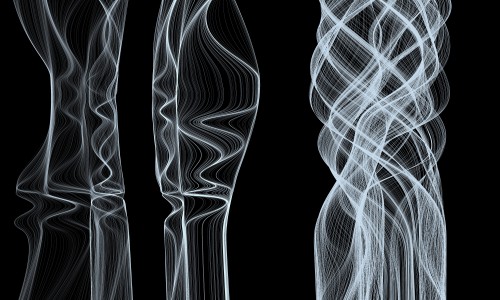
This is the system for a tall building that I designed in the Smart Geometry 2009 workshop in San Francisco. The project was selected to be presented on the conference day at the Intercontinental Hotel. Ben Doherty in his lecture entitled “Notion Parallax” exhibited the principal features of this project; the design process and […]
“Surface-To-Strand Morphologies” Studio
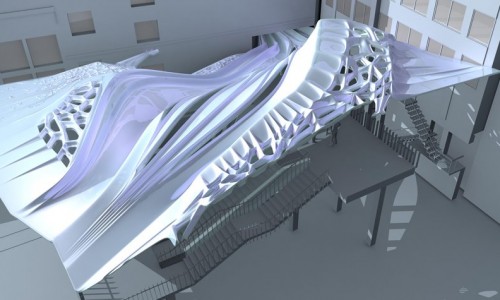
“This ten-day workshop focused on surface-to-strand morphologies in terms of formal, spatial, and performative qualities. Th is new sensibility is a hybrid of structural and envelope logics which is adaptable in terms of allowing continuous gradients of structure, aperture, and surface articulation. By interweaving surface and vector geometries, we open up a […]
Performative Membrane Spaces
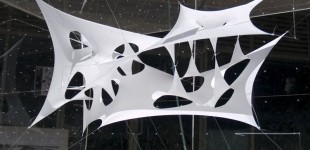
“The intensive studio experimented with form-finding procedures for lightweight membrane and cable-net structures. Single membrane patches and membrane assemblies were analysed with regards to their environmental performance, considering their geometry and orientation towards environmental input within a specific context. Light (luminous flow, illuminance, shading and self-shading) and airflow studies informed the design of specific membrane […]
